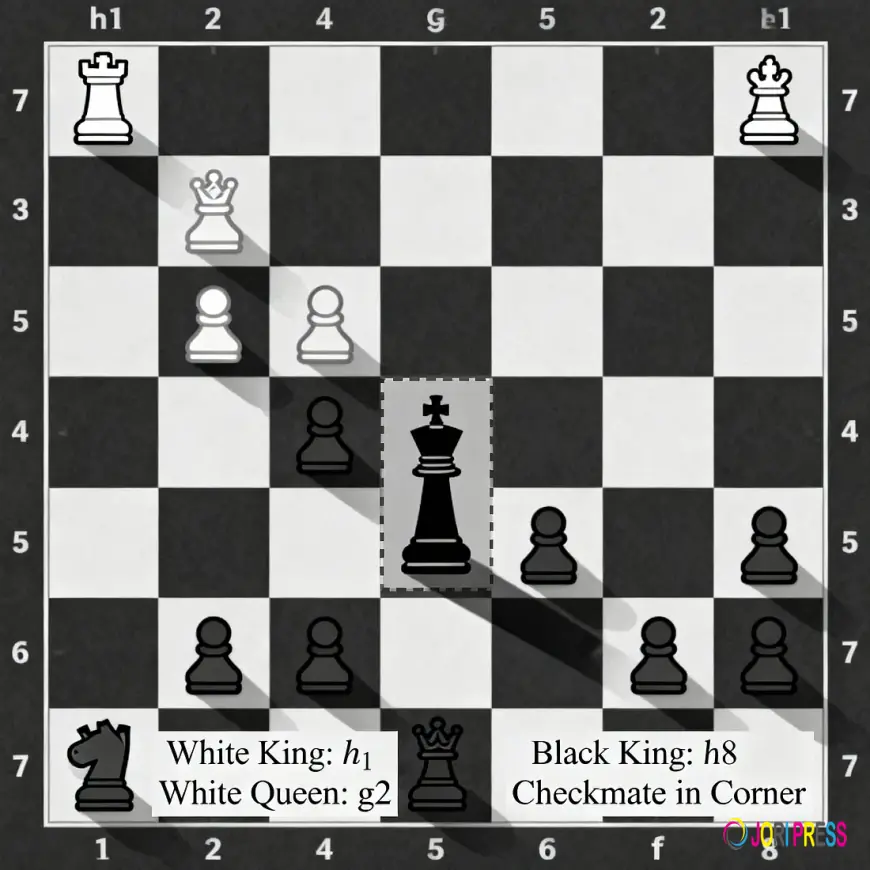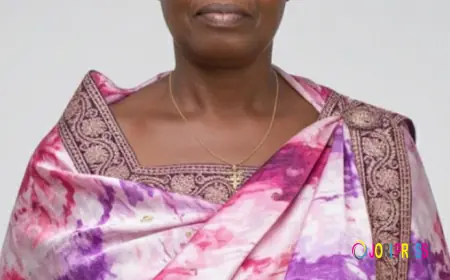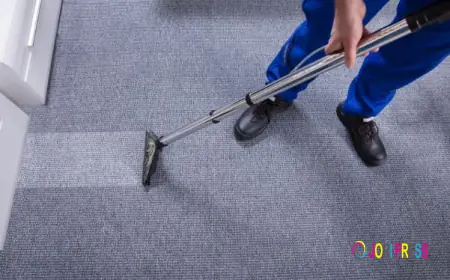Chess Endgame Checkmates: Essential Patterns and Beginner Chess Strategies for Victory
Learn the 5 essential chess endgame checkmates and beginner strategies to finish games confidently, avoid mistakes, and turn every winning position into victory.

Chess endgame checkmates are among the strongest tools for converting a winning position into a decisive victory. Whether you are new to chess or looking to advance, mastering these patterns and integrating beginner chess strategies ensures efficient, stress-free game finishes.
Why Chess Endgame Checkmates Matter
Learning chess endgame checkmates lets players confidently close out games, eliminating panic and wasted moves. Many matches are lost when players don’t know the proper way to end the game, but with clear knowledge and focused practice, success is assured.
What Are Chess Endgame Checkmates?
Chess endgame checkmates happen at the final phase of chess, with minimal pieces left on the board. Your goal is to force the opposing king into checkmate using classic patterns — each is a crucial element of finishing well.
Five Must-Know Chess Endgame Checkmates
Beginners should focus on mastering these five fundamental chess endgame checkmates, representing nearly all possible endgame situations:
King and Queen vs King
This classic mate uses your queen to restrict the opposing king’s movement and your own king to push them into a corner. Always check for stalemate before finalizing the mate, as that can lead to a frustrating draw.
King and Rook vs King
Position your rook to cut off the king’s escape routes while your own king provides support. Grasping this pattern is essential for strong endgame play and is a core skill in beginner chess strategies.
Back Rank Mate
The defending king becomes trapped by its own pawns, and your rook or queen delivers checkmate along the back row. Recognizing when you can set up or avoid a back rank mate is highly valuable for beginners.
Ladder Mate (Rook Roller)
Two rooks work as a team to “ladder” the king step by step, eliminating every escape square. This pattern is especially popular in fast chess and blitz settings.
Smothered Mate
This dramatic mate uses the knight to checkmate the king, which cannot escape because it is surrounded by its own pieces. Though less common, it reveals the power of tactical patterns in the endgame.
Beginner Chess Strategies for Endgames
Pair knowledge of chess endgame checkmates with classic beginner chess strategies for rapid improvement.
Activate Your King
Don’t let your king hide — move it forward to support pawns, control crucial squares, and help deliver checkmate. Early activation is a signature move in beginner chess strategies.
Control Open Files
Make the most of open lines — use queens and rooks to create flexible threats and defensive options, improving your ability to execute chess endgame checkmates.
Use Passed Pawns
Support and advance your passed pawns using your king and other minor pieces. Their journey to promotion can create immediate checkmating chances.
Avoid Stalemate Mistakes
Remember the difference between checkmate and stalemate. A stalemate, where the king isn’t in check but cannot move, results in a draw.
Advanced Patterns and Daily Practice
Learning more complex patterns, such as bishop and knight vs king, transforms good players into great ones. Though rare, these patterns ensure every theoretically won game becomes a true win.
Regular training, in which you set up endgame positions and seek the fastest path to victory, is vital to improving your chess instincts and checkmate accuracy.
Conclusion
Ultimately, strong mastery of chess endgame checkmates and consistent use of beginner chess strategies puts victory within reach for every player. These essentials separate casual players from those who finish matches with confidence and precision. Practice, review your games, and keep pushing your checkmate knowledge higher to win your next game with style.
What's Your Reaction?
 Like
0
Like
0
 Dislike
0
Dislike
0
 Love
0
Love
0
 Funny
0
Funny
0
 Angry
0
Angry
0
 Sad
0
Sad
0
 Wow
0
Wow
0

















































